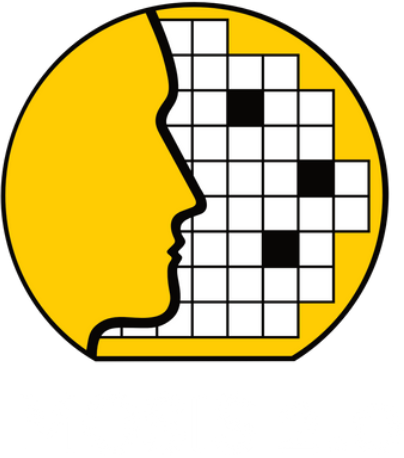Rehan Kapadia Named Director of MOSIS 2.0
The leadership change comes as CA DREAMS' semiconductor fabrication service transitions to full-scale operations

Photo credit: USC ISI
Rehan Kapadia became the new Director of MOSIS 2.0, the semiconductor fabrication service at the core of California DREAMS, on July 1st, 2025. Kapadia, a longtime faculty contributor and director of the USC John O'Brien Nanofabrication Laboratory, brings deep technical expertise in microelectronics and a strong vision for advancing MOSIS 2.0’s mission to accelerate semiconductor prototyping.
Rehan assumes the role from Mike Haney, who has led the initiative since its inception under the CA DREAMS program. Haney will continue supporting the team as CA DREAMS Deputy Director, while also returning to his ISI research roots through several proposals across DARPA, IARPA, ARPA-E, and NSF.
“Rehan is an expert in fabrication technology, technically gifted, and a great manager,” Haney said. “He’s been with us from the beginning, and it was clear early on that he had both the ideas and energy to put into this project.”
A New Era of Semiconductor Innovation
Launched in 2023, MOSIS 2.0 builds on the legacy of the original MOSIS program, which helped reshape the semiconductor industry in the 1980s and 1990s by proving the viability of the fabless manufacturing model. According to Kapadia, that service helped fuel U.S. leadership in computer architecture by enabling researchers to tape-out high-risk, high-reward architectures rapidly and at low-cost.
Now, Kapadia sees MOSIS 2.0 playing a similar role in today’s rapidly evolving semiconductor landscape. “We’re in the midst of another revolution,” he said. “MOSIS 2.0 is singularly focused on lowering the barriers to semiconductor manufacturing to accelerate innovation in the US. I'm grateful to be given the opportunity to play a role in this effort.”
MOSIS 2.0’s Next Chapter
Kapadia’s appointment marks a new phase for the program, as it shifts from team-building and planning into full-scale operations. Under Haney’s direction, MOSIS 2.0 quickly moved from concept to execution, assembling what he calls “a world-class team” and earning strong support from sponsors and the microelectronics community.
“Mike's impact can't be overstated,” Kapadia said. “He has been instrumental in setting the vision and direction, and bringing in a large part of the initial engineering and management team.”
As director, Kapadia is focused on advancing MOSIS 2.0’s core mission: enabling innovation in the semiconductor industry by reducing barriers to accessing semiconductor fabrication technologies. “A successful MOSIS 2.0 will allow users to rapidly turn their material, device, and circuit ideas into real hardware,” he said. “To do this, we are bringing in automation and autonomy into as many parts of our operation as possible.”
With the groundwork laid, CA DREAMS Director Steve Crago said the transition in leadership positions the program for continued growth and impact. “Thanks to Mike’s leadership, MOSIS 2.0 is ready for its next chapter,” he said. “That shift requires more day-to-day, hands-on engagement, so it’s the perfect time for Rehan to step in as the on-site director based in Southern California.”


